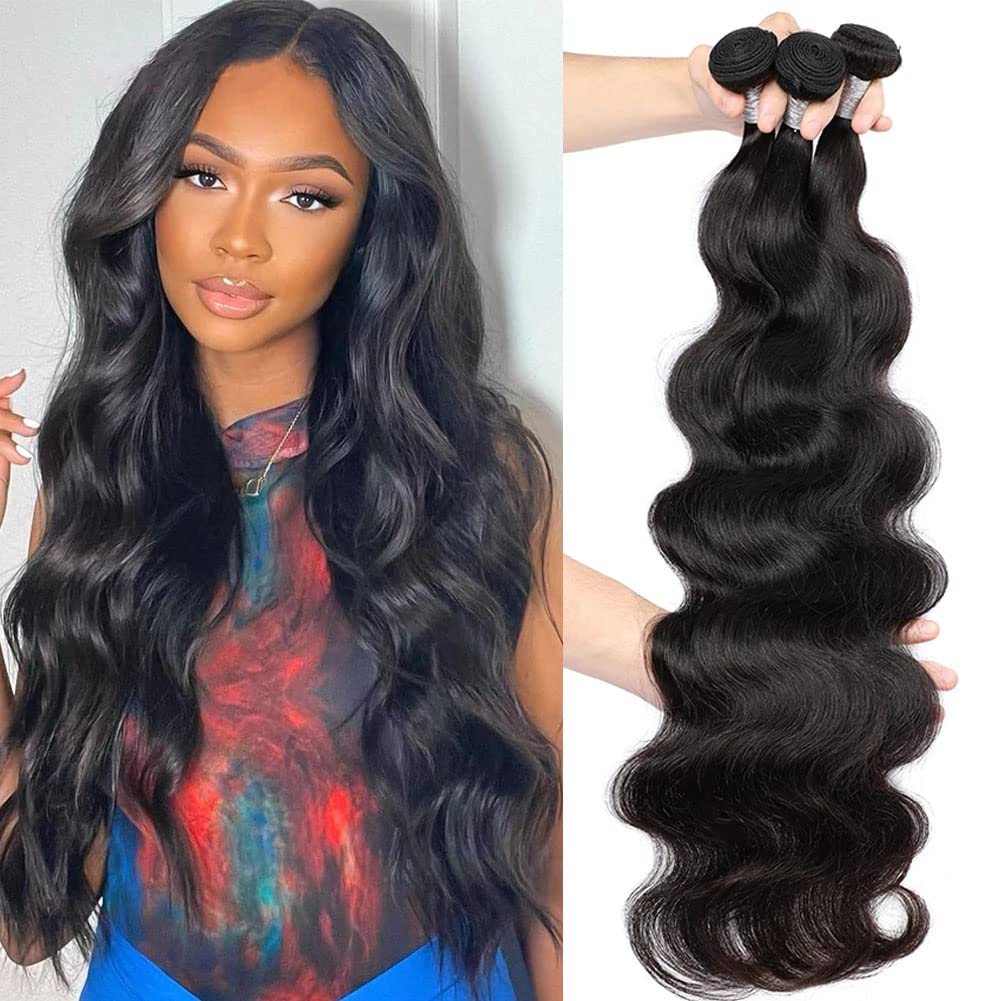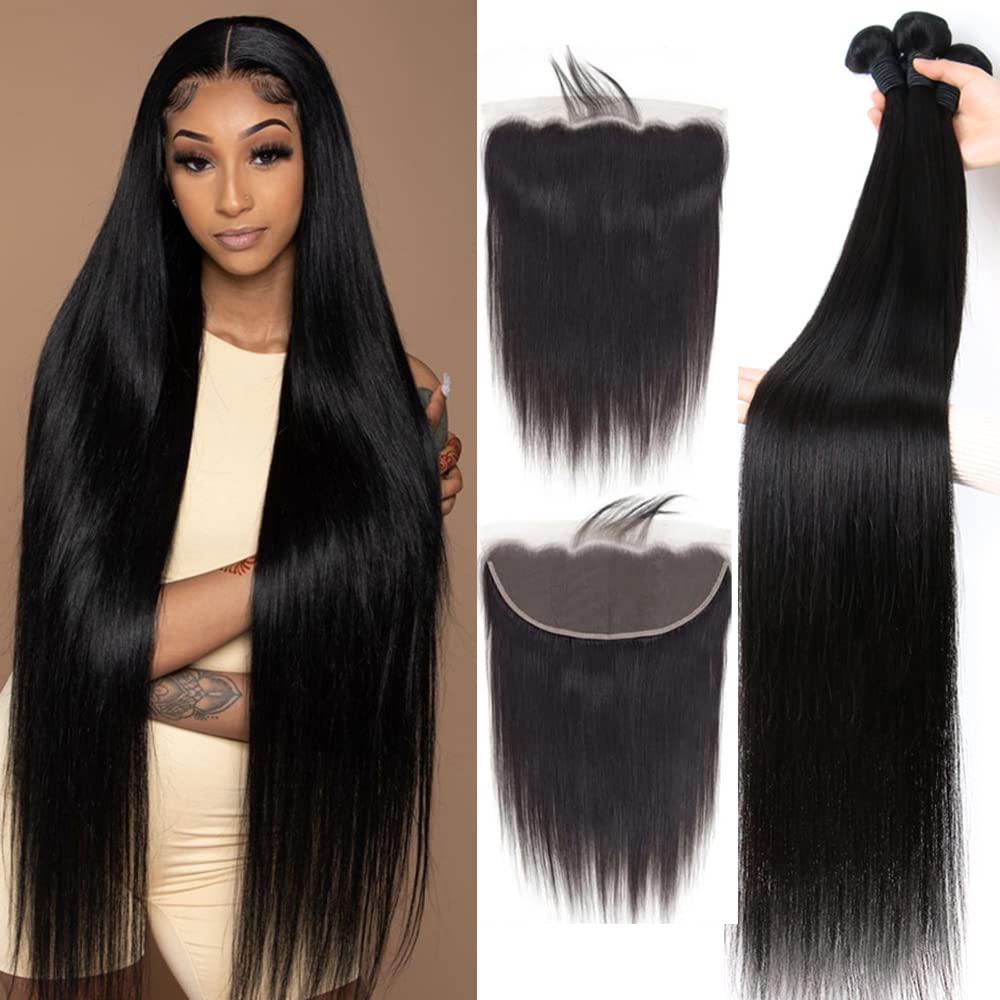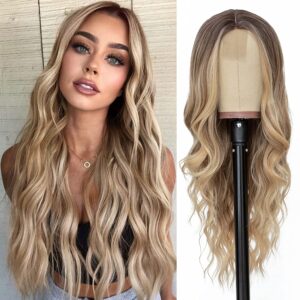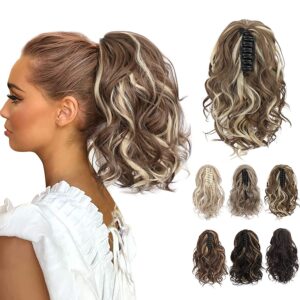13. Non-Remy Hair
Non-Remy hair is a type of human hair that is collected from various sources and does not undergo the meticulous sorting process to maintain the natural cuticle alignment. Unlike Remy hair, where the cuticles of all hair strands are aligned in the same direction, non-Remy hair may have its cuticles going in different directions. Here are some key characteristics and details about non-Remy hair:

Mixed Sources
Non-Remy hair is collected from multiple donors, often without regard to the natural direction of the cuticles. This means that the hair strands can come from different individuals with varying textures, colors, and lengths.
Cuticle Disarray
The cuticles of non-Remy hair may not be aligned uniformly in the same direction. This can result in a greater likelihood of tangling, matting, and friction between the hair strands.
Processing
To improve the appearance and manageability of non-Remy hair, it may undergo chemical treatments such as acid baths or silicone coatings. These treatments can alter the hair’s natural texture and may affect its quality over time.
Tangling and Matting
Due to the cuticle disarray, non-Remy hair is more prone to tangling and matting, especially when exposed to wind, humidity, or friction.
Affordability
Non-Remy hair is generally more budget-friendly compared to Remy hair. It is often chosen by individuals who want hair extensions or wigs at a lower price point.
Appearance
While non-Remy hair may initially look good, it may require more maintenance and care to keep it looking its best. It may also have a shorter lifespan compared to Remy hair.

Heat Styling
Non-Remy hair can withstand some heat styling but may not be as heat-resistant as Remy hair. Excessive heat can cause damage and alter the hair’s texture.
Variety
Non-Remy hair comes in a variety of textures, including straight, wavy, curly, and kinky, depending on the source of the hair.
Usage
Non-Remy hair is commonly used for hair extensions, wigs, and hairpieces, especially in applications where the emphasis may be on affordability rather than long-term durability.
It’s important to note that the quality of non-Remy hair can vary widely depending on factors such as the source, processing methods, and care practices. While non-Remy hair may be a cost-effective choice for some individuals, it may require more attention to maintenance and may not provide the same longevity and natural appearance as Remy hair.
14. Animal Hair
Animal hair refers to hair fibers that are sourced from various animals and used for a variety of purposes, including textiles, clothing, insulation, brushes, and even some specialty products. The type of animal hair used can vary, and the characteristics of the hair often dictate its specific applications. Here are some common types of animal hair and their uses:

Wool
Wool is perhaps the most well-known and widely used animal hair. It comes from sheep, goats (cashmere and mohair), rabbits (angora), and other animals. Wool is known for its warmth, softness, and natural elasticity. It is used to make clothing, blankets, carpets, and various textiles.
Horse Hair
Horsehair is strong, durable, and fine, making it ideal for use in the manufacturing of brushes, upholstery, and textiles. It is commonly used in high-quality paintbrushes, violin bows, and some musical instrument strings.
Camel Hair
Camel hair, primarily from the Bactrian camel, is used to make warm and luxurious textiles, including coats, scarves, and suits. Camel hair is known for its insulating properties and soft texture.
Angora
Angora hair comes from Angora rabbits and is known for its softness and warmth. It is used to make soft, fluffy garments like sweaters, scarves, and hats.
Mohair
Mohair is derived from the fleece of Angora goats. It has a silky texture and is often blended with other fibers to create textiles for upholstery, clothing, and accessories.
Yak Hair
Yak hair, obtained from yaks primarily in regions like Tibet, is used for making textiles and rugs. It is known for its strength and resilience, making it suitable for durable fabrics.
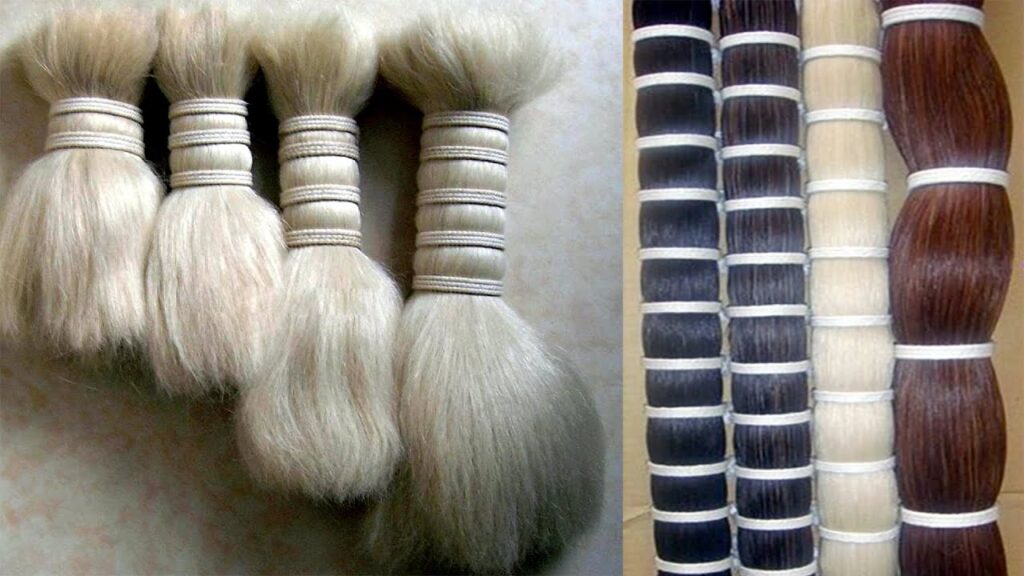
Vicuña
Vicuña wool is one of the rarest and most expensive animal fibers. It comes from the vicuña, a South American camelid. Vicuña wool is exceptionally fine and is used to make luxurious clothing items.
Silkworm Silk
While not technically hair, the silk produced by silkworms is a natural fiber and is used extensively in the textile industry to create fabrics, garments, and accessories.
Mink
Mink fur is highly prized for its softness and luxurious appearance. It is used in the fashion industry to create fur coats, stoles, and other high-end fashion items.
Beaver
Beaver fur, known for its warmth and water resistance, has historically been used to make hats, especially the famous beaver-felt top hat.
Animal hair and fur have been utilized by humans for centuries due to their unique qualities and versatility. However, ethical and sustainability concerns related to the treatment of animals and the environmental impact of fur production have led to the development of alternative materials and increased awareness about the responsible sourcing of animal-derived fibers.
15. High Temperature Synthetic Fiber
High-temperature fiber, often referred to as “heat-resistant fiber” or “heat-resistant synthetic fiber,” is a type of synthetic material designed to withstand elevated temperatures without melting, deforming, or undergoing significant degradation. These fibers are engineered to have excellent heat resistance properties and find applications in a variety of industries. Here are some key characteristics and uses of high-temperature fibers:

Characteristics of High-Temperature Fiber
Heat Resistance
High-temperature fibers can withstand elevated temperatures, typically in the range of 300°C (572°F) to 1,200°C (2,192°F) or even higher, depending on the specific type of fiber and its composition.
Thermal Stability
They exhibit excellent thermal stability, meaning they do not break down or decompose at high temperatures, ensuring long-term durability in extreme heat environments.
Low Thermal Conductivity
High-temperature fibers often have low thermal conductivity, which means they do not readily transfer heat, making them suitable for use as insulation materials.
Chemical Resistance
Some high-temperature fibers also possess good resistance to chemicals and corrosive substances, enhancing their performance in harsh environments.
Mechanical Strength
These fibers maintain their mechanical strength and structural integrity even at elevated temperatures, making them suitable for load-bearing applications.
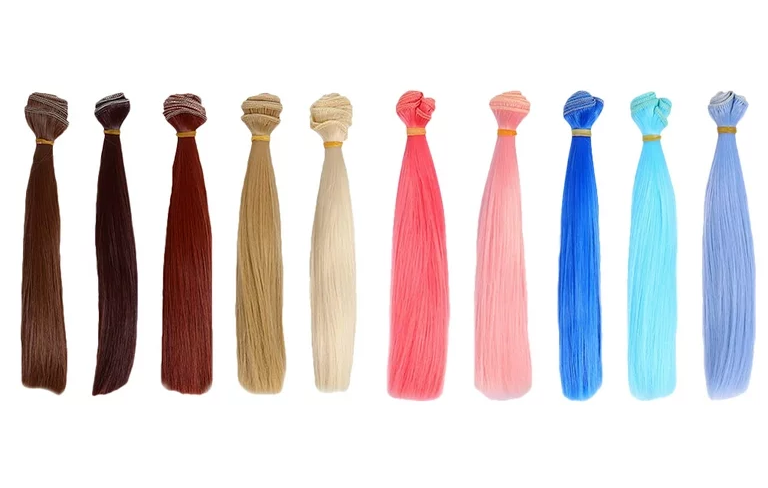
Common Types and Uses of High-Temperature Fiber
Aramid Fiber
Aramid fibers, such as Kevlar, Nomex, and Twaron, are well-known for their high-temperature resistance. They are used in protective gear, including flame-resistant clothing, gloves, and industrial applications like reinforcing composites for aerospace and automotive components.
Silicon Carbide Fiber
Silicon carbide fibers, with exceptional heat resistance and high strength, are used in the aerospace industry for applications like turbine engines and spacecraft components.
Ceramic Fiber
Ceramic fibers, including alumina and silica-based fibers, are used as insulation materials in industrial furnaces, kilns, and in the production of refractory bricks for high-temperature environments.
Carbon Fiber
High-performance carbon fibers, when treated with certain coatings or additives, can exhibit high-temperature resistance. They are used in aerospace and automotive components, as well as in industrial applications.
Polyimide Fiber
Polyimide fibers, known for their excellent heat resistance, are used in applications requiring thermal insulation, such as in the aerospace and electronics industries.
Polybenzimidazole (PBI) Fiber
PBI fibers are renowned for their ability to withstand extreme heat and are used in the production of high-temperature protective clothing for firefighters, as well as in industrial applications like gaskets and seals.
Quartz Fiber
Quartz fibers are used in the manufacturing of high-temperature-resistant fabrics and insulation materials for applications involving molten metals or extreme heat.
16. Low Temperature Synthetic Fiber
Low-temperature fibers are not a commonly recognized category of synthetic fibers in the same way that high-temperature fibers are. However, the term “low-temperature fiber” could refer to synthetic fibers that do not perform well at elevated temperatures and are more susceptible to melting or deforming when exposed to heat. In general, most synthetic fibers, such as polyester, nylon, and acrylic, are considered low-temperature fibers because they have lower heat resistance compared to materials specifically designed for high-temperature applications.
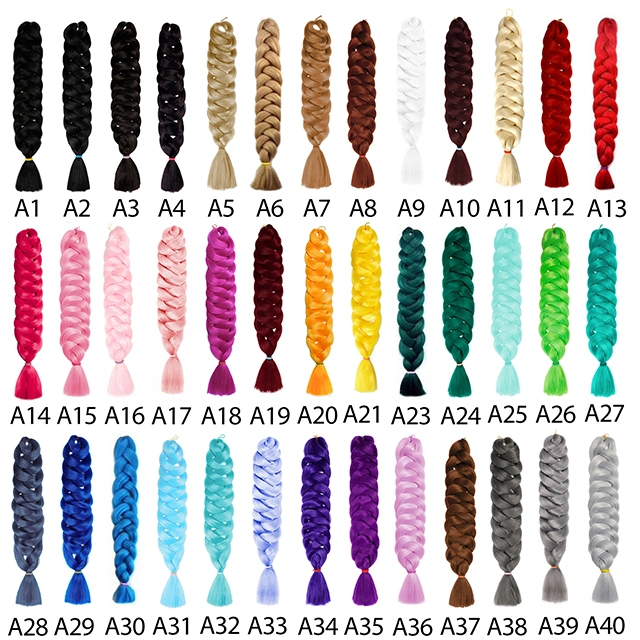
Here are some characteristics and considerations related to low-temperature fibers:
Melting Point
Low-temperature fibers have a lower melting point compared to high-temperature fibers. For example, polyester fibers typically melt at temperatures below 250°C (482°F), while nylon melts at around 190-260°C (374-500°F), depending on the specific type.
Heat Sensitivity
These fibers may become damaged, melt, or lose their structural integrity when exposed to heat sources such as open flames, hot surfaces, or high-temperature environments.
Applications
Low-temperature fibers are commonly used in a wide range of everyday textiles and products, including clothing, upholstery, carpets, and non-industrial applications. They are suitable for environments where high heat resistance is not a primary requirement.

Modifications
Some low-temperature fibers can be modified with flame-resistant coatings or treatments to improve their fire resistance. This is common in applications where fire safety is a concern, such as in flame-resistant clothing for firefighters or industrial workers.
Limitations
While low-temperature fibers have their advantages in terms of affordability, versatility, and ease of care, they may not be suitable for environments with extreme heat, such as foundries, welding operations, or aerospace applications.


